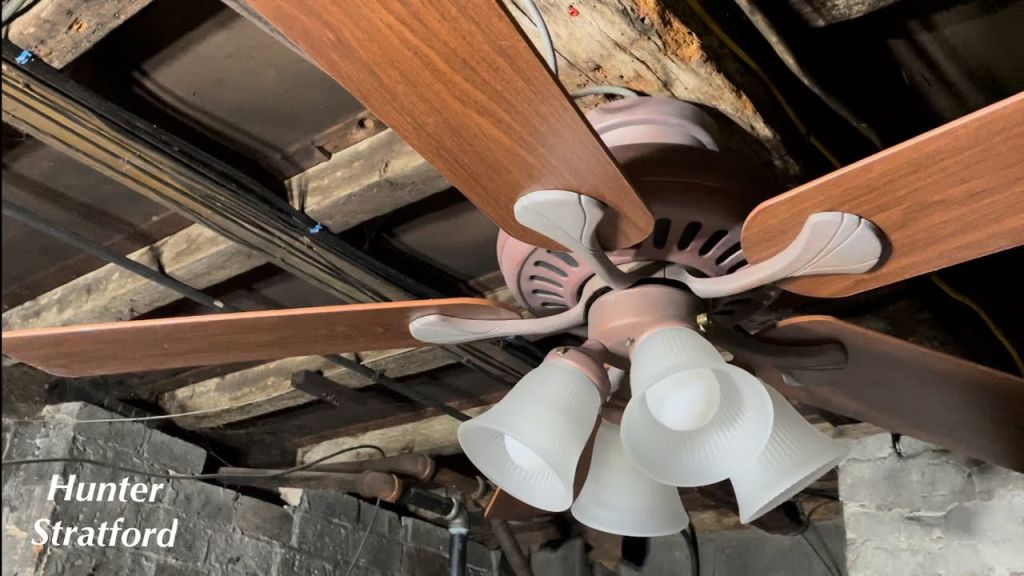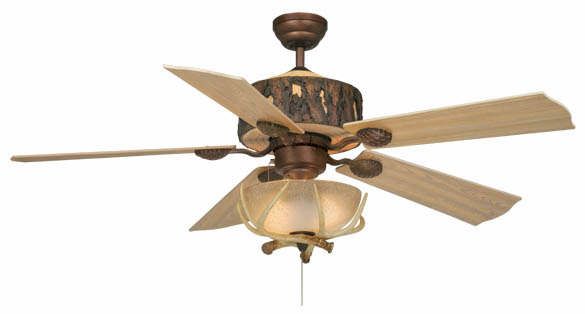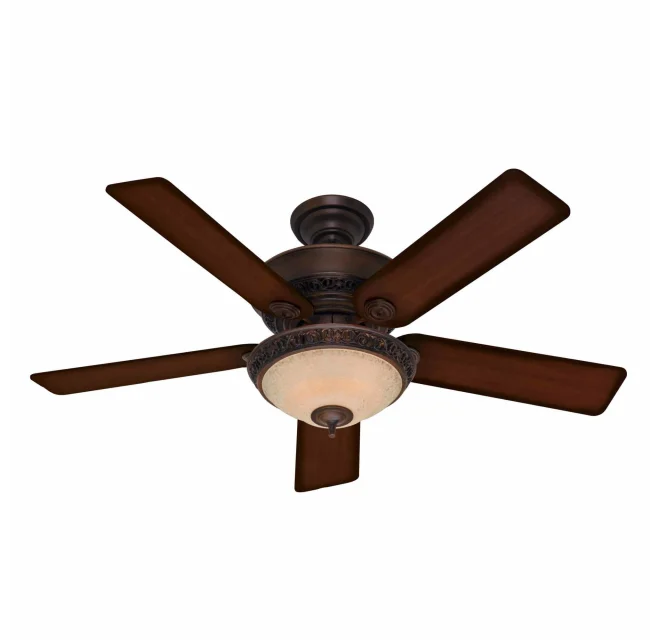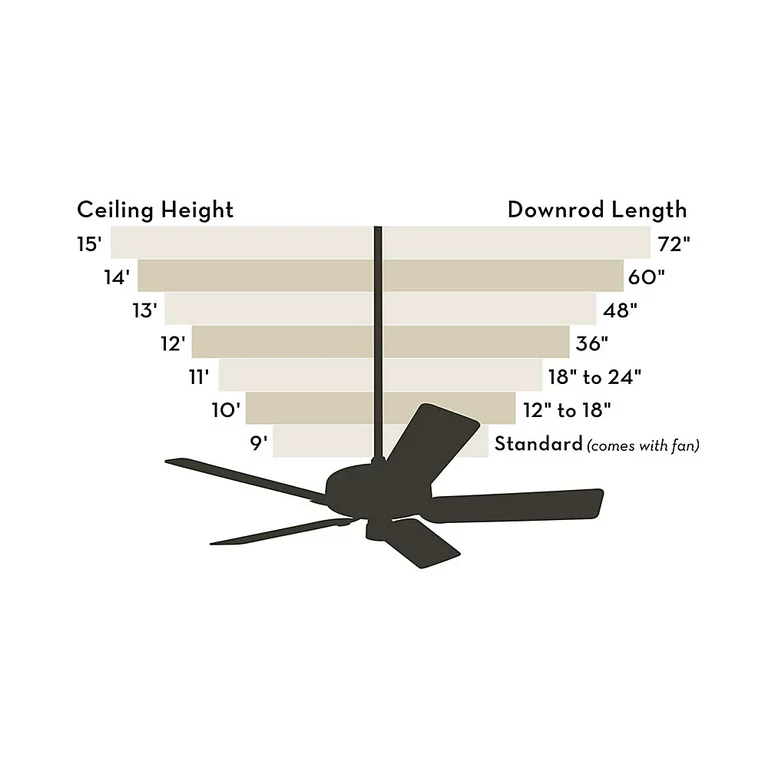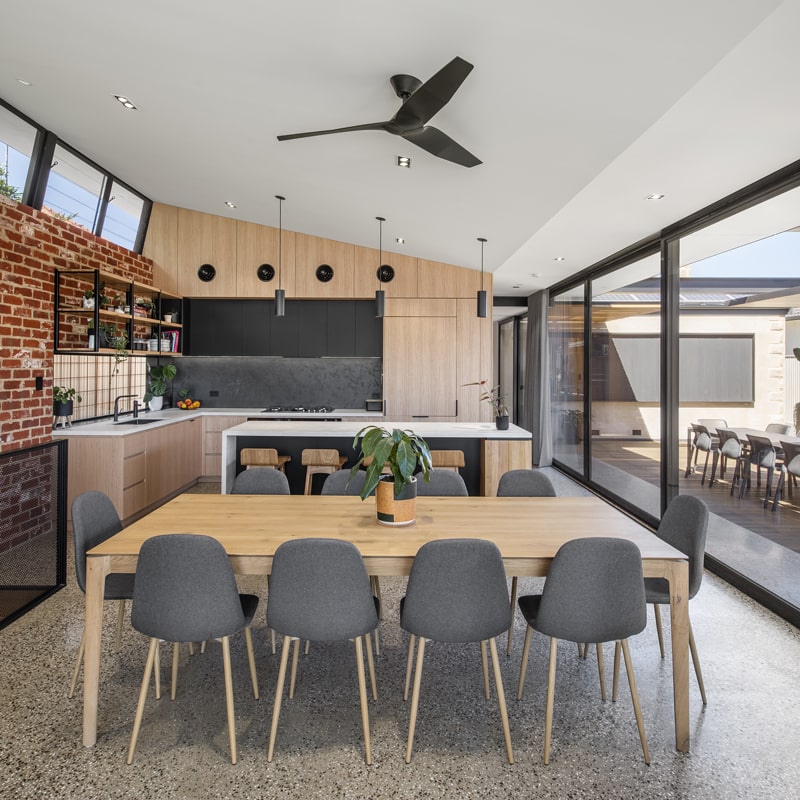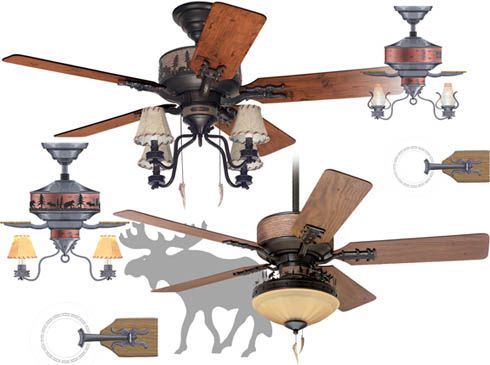When it comes to home decor and comfort, the right ceiling fan can make all the difference. The Hunter Bennett Ceiling Fan is a perfect example of how functionality can meet style in a seamless way. Designed to elevate the ambiance of any room, this fan combines classic elegance with modern performance. In this article, we’ll delve into the features, benefits, and design aspects of the Hunter Bennett Ceiling Fan, as well as tips on how to install and maintain it.

The Allure of the Hunter Bennett Ceiling Fan
The Hunter Bennett Ceiling Fan stands out in a crowded market of home appliances. Known for its unique design and efficient functionality, it has become a favorite among homeowners and interior designers alike. Here’s why:
Aesthetic Appeal
One of the most attractive features of the Hunter Bennett Ceiling Fan is its aesthetic appeal. With a sleek and modern design, it complements various interior styles, from contemporary to traditional. The fan is available in multiple finishes, including brushed nickel, matte black, and white, allowing you to choose one that best fits your decor. The elegant blades and body contribute to an overall sophisticated look, making it a focal point in any room.
Read too: Bathroom Flooded Through the Ceiling: A Comprehensive Guide
Efficient Air Circulation
The primary function of any ceiling fan is to provide airflow, and the Hunter Bennett excels in this area. Equipped with a powerful motor, it can circulate air efficiently throughout the room. This helps to maintain a comfortable temperature, reducing reliance on air conditioning during warmer months. The fan operates quietly, making it perfect for bedrooms, living rooms, and even home offices.
Energy Efficiency
In today’s environmentally-conscious world, energy efficiency is more important than ever. The Hunter Bennett Ceiling Fan is designed with energy efficiency in mind, allowing you to enjoy a comfortable environment without driving up your energy bills. By using a ceiling fan in conjunction with your air conditioning system, you can set the thermostat a few degrees higher and still feel cool and comfortable.
Key Features of the Hunter Bennett Ceiling Fan
To fully appreciate the Hunter Bennett Ceiling Fan, let’s take a closer look at its standout features:
1. WhisperWind Motor Technology
The Hunter Bennett is equipped with the brand’s proprietary WhisperWind motor technology. This innovative design ensures that the fan operates smoothly and quietly, making it suitable for any room, including bedrooms and nurseries. You can enjoy a gentle breeze without the distracting noise that some fans produce.
2. Reversible Motor
Another remarkable feature of the Hunter Bennett Ceiling Fan is its reversible motor. This allows you to change the direction of the blades with the flip of a switch. In the summer, the fan can run counterclockwise to create a cooling breeze. In winter, reversing the motor helps circulate warm air that rises, ensuring your space remains comfortable year-round.
3. Multiple Blade Options
The Hunter Bennett Ceiling Fan offers versatility with its blade options. The fan comes with five blades designed for optimal airflow, and you can choose between various materials and finishes. This allows you to customize the fan’s appearance to match your personal style.
4. Easy Installation
Installing a ceiling fan can often be a daunting task, but the Hunter Bennett is designed for easy installation. Most models come with a comprehensive manual and all necessary hardware, making it simple for homeowners to install the fan themselves or with minimal professional assistance.
5. Remote Control Compatibility
Some versions of the Hunter Bennett Ceiling Fan come with remote control compatibility. This feature allows you to adjust the fan speed and light settings from the comfort of your couch or bed, adding an extra layer of convenience.
Benefits of Choosing the Hunter Bennett Ceiling Fan
Investing in the Hunter Bennett Ceiling Fan offers several advantages beyond just its aesthetic appeal and functionality:
1. Improved Air Quality
Ceiling fans like the Hunter Bennett can help improve indoor air quality by promoting better air circulation. Proper airflow can reduce the buildup of stagnant air, making your living environment healthier and more comfortable.
2. Increased Home Value
A stylish and functional ceiling fan can add value to your home. Prospective buyers often appreciate the addition of energy-efficient appliances and modern designs, making the Hunter Bennett Ceiling Fan an attractive selling point.
3. Versatility in Design
Whether you want to enhance your living room, bedroom, or kitchen, the Hunter Bennett Ceiling Fan can adapt to any space. Its elegant design allows it to blend seamlessly with various decor styles, making it a versatile addition to your home.
4. Cost-Effective Cooling Solution
Using the Hunter Bennett Ceiling Fan can significantly reduce your cooling costs during the hot months. By circulating cool air, you can rely less on your air conditioning system, saving money on energy bills while staying comfortable.
5. Low Maintenance Requirements
The Hunter Bennett Ceiling Fan requires minimal maintenance. Regular dusting and occasional checks on the motor and blades are typically all that is needed to keep the fan in excellent working condition.
Installation Guide for the Hunter Bennett Ceiling Fan
Installing a ceiling fan may seem intimidating, but with the right tools and steps, it can be accomplished easily. Here’s a brief guide to help you through the installation process for the Hunter Bennett Ceiling Fan:
Tools You Will Need
- Screwdriver (flathead and Phillips)
- Ladder
- Wire stripper
- Voltage tester
- Pliers
- Tape measure
Step 1: Turn Off the Power
Before starting any electrical work, ensure the power is turned off at the circuit breaker. Use a voltage tester to confirm that the wires are not live.
Step 2: Assemble the Fan
Follow the manufacturer’s instructions to assemble the fan components. Most models will require you to attach the blades to the motor, which is often the most time-consuming step.
Step 3: Install the Mounting Bracket
Using the screws provided, secure the mounting bracket to the ceiling. Ensure it is installed on a ceiling joist for added stability.
Step 4: Connect the Wiring
Carefully connect the fan’s wiring to the house wiring. Typically, this will involve connecting the black wire to the black wire (hot), white wire to white wire (neutral), and green or bare wire to ground. Make sure all connections are secure and use wire nuts to cover them.
Step 5: Hang the Fan
With the help of a second person if necessary, lift the fan and attach it to the mounting bracket according to the instructions.
Step 6: Attach Light Kit (if applicable)
If your Hunter Bennett Ceiling Fan includes a light kit, follow the manufacturer’s instructions to attach it securely.
Step 7: Turn on the Power
Once everything is connected and secure, turn the power back on at the circuit breaker. Test the fan to ensure it operates smoothly and quietly.
Maintenance Tips for Your Hunter Bennett Ceiling Fan
To ensure the longevity of your Hunter Bennett Ceiling Fan, follow these maintenance tips:
1. Regular Cleaning
Dust can accumulate on the blades, reducing efficiency and airflow. Use a soft cloth or a microfiber duster to clean the blades regularly. You can also use a damp cloth for more thorough cleaning.
2. Check Connections
Periodically inspect the wiring and connections to ensure they remain secure. Loose connections can cause the fan to malfunction or create noise.
3. Lubricate the Motor
If your fan has a motor that requires lubrication, apply the manufacturer-recommended lubricant according to the instructions. This can help maintain smooth operation.
4. Seasonal Adjustments
As the seasons change, remember to adjust the fan’s direction accordingly. Set it to rotate counterclockwise in the summer for cooling and clockwise in the winter for warmth.
5. Replace Bulbs When Necessary
If your fan includes a light kit, replace any burned-out bulbs promptly to maintain optimal lighting.
Conclusion
The Hunter Bennett Ceiling Fan combines style, efficiency, and functionality to enhance any room in your home. With its elegant design and advanced features, it offers both aesthetic appeal and practical benefits, making it an excellent choice for any homeowner. Whether you’re looking to improve air circulation, add a stylish touch to your decor, or reduce energy costs, the Hunter Bennett Ceiling Fan checks all the boxes.
Investing in this ceiling fan not only enhances your living space but also contributes to a more comfortable and energy-efficient home. With easy installation and minimal maintenance, the Hunter Bennett is a practical addition that can provide years of reliable service.




